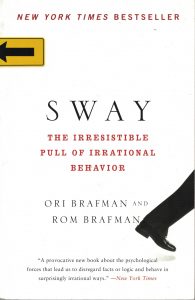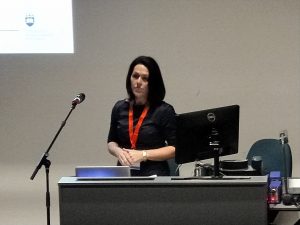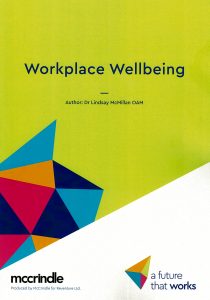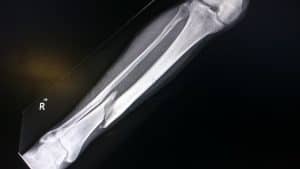 In 2008 the brothers Brafman wrote “Sway: The Irresistible Pull of Irrational Behavior“. They tell the story of Ori Brafman being told, on his first day in his MBA course in Tel Aviv in the 1980s, that
In 2008 the brothers Brafman wrote “Sway: The Irresistible Pull of Irrational Behavior“. They tell the story of Ori Brafman being told, on his first day in his MBA course in Tel Aviv in the 1980s, that
“People aren”t rational.”
In my 1990s tertiary course into OHS Risk Management, we were still being referred to the 1965 book, “The Rational Manager“. Occupational health and safety (OHS) seems to still be based on an assumption of rationality in OHS management systems, decision-making and working yet it does not take too much exposure to the reality of work to understand that we must anticipate irrationality.

 Occupational health and safety (OHS) policy makers are keen on making decisions based on evidence. But evidence seems hard to get, for many reasons.
Occupational health and safety (OHS) policy makers are keen on making decisions based on evidence. But evidence seems hard to get, for many reasons. One online news site
One online news site On 12 December 2017, part of Australia’s screen and television industry held a forum in Sydney about sexual harassment in the sector and what could be done to reduce this workplace hazard. This initiative occurred a day before an
On 12 December 2017, part of Australia’s screen and television industry held a forum in Sydney about sexual harassment in the sector and what could be done to reduce this workplace hazard. This initiative occurred a day before an  Rail-related suicides are tragedies that ripple throughout society affecting families of the suicides as well as the train drivers, their families and their colleagues. Various strategies are being trialled but often the results of interventions are hard to quantify. At the annual conference of the
Rail-related suicides are tragedies that ripple throughout society affecting families of the suicides as well as the train drivers, their families and their colleagues. Various strategies are being trialled but often the results of interventions are hard to quantify. At the annual conference of the 
 On November 9 2017, the Australian Institute of Health and Welfare (AIHW) released statistical data on work-related injury. This data included statistics from workers compensation but also statistics about hospitalised injuries that were identified as work-related but funded by sources other than workers’ compensation. The report also provides a different perspective on mental health.
On November 9 2017, the Australian Institute of Health and Welfare (AIHW) released statistical data on work-related injury. This data included statistics from workers compensation but also statistics about hospitalised injuries that were identified as work-related but funded by sources other than workers’ compensation. The report also provides a different perspective on mental health.